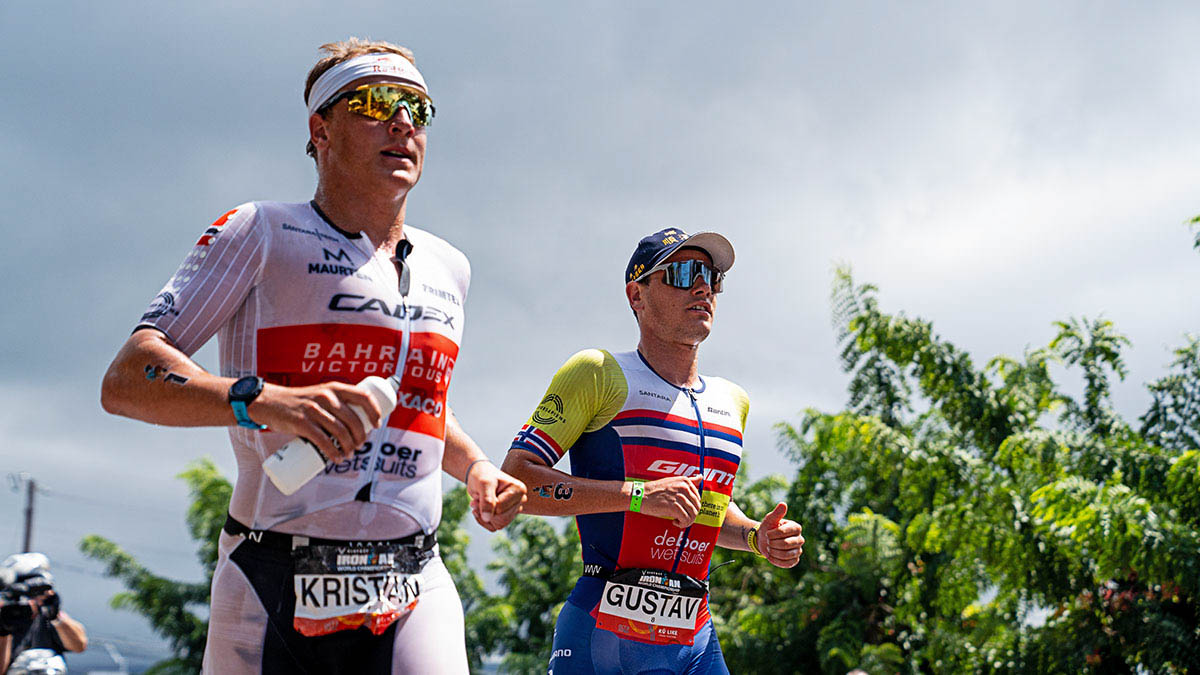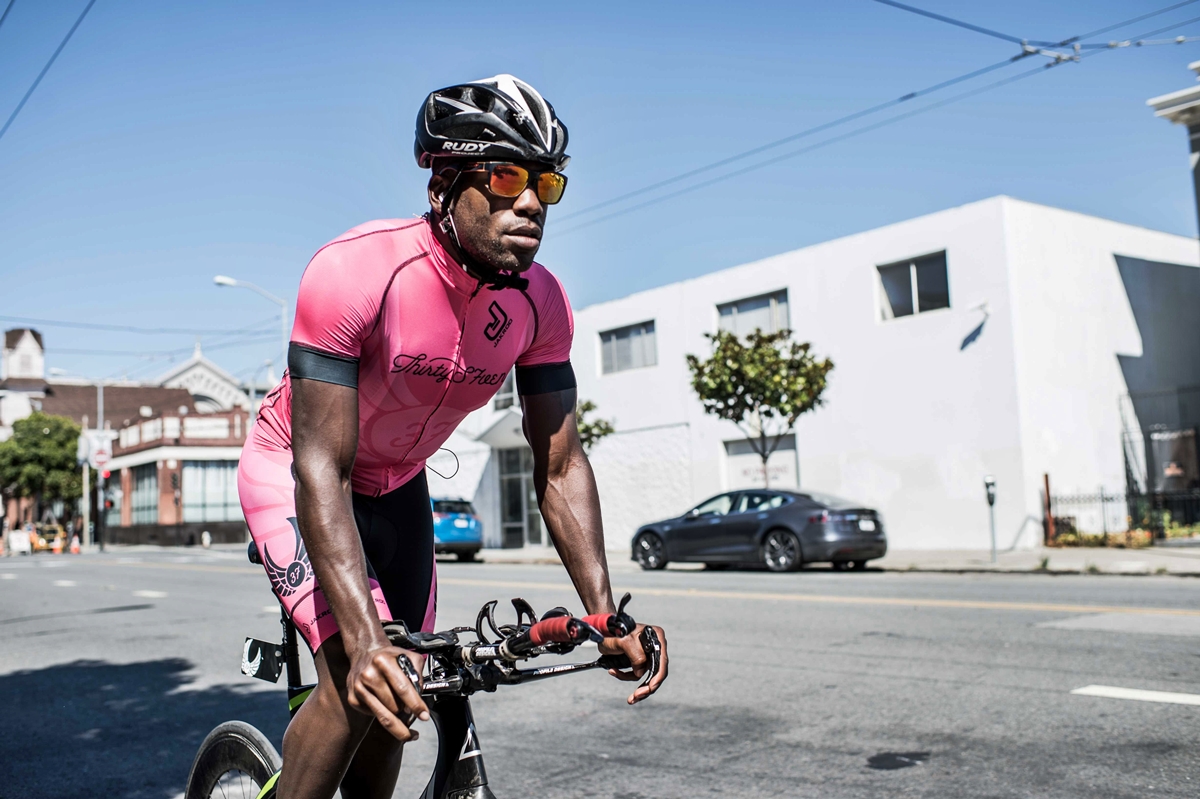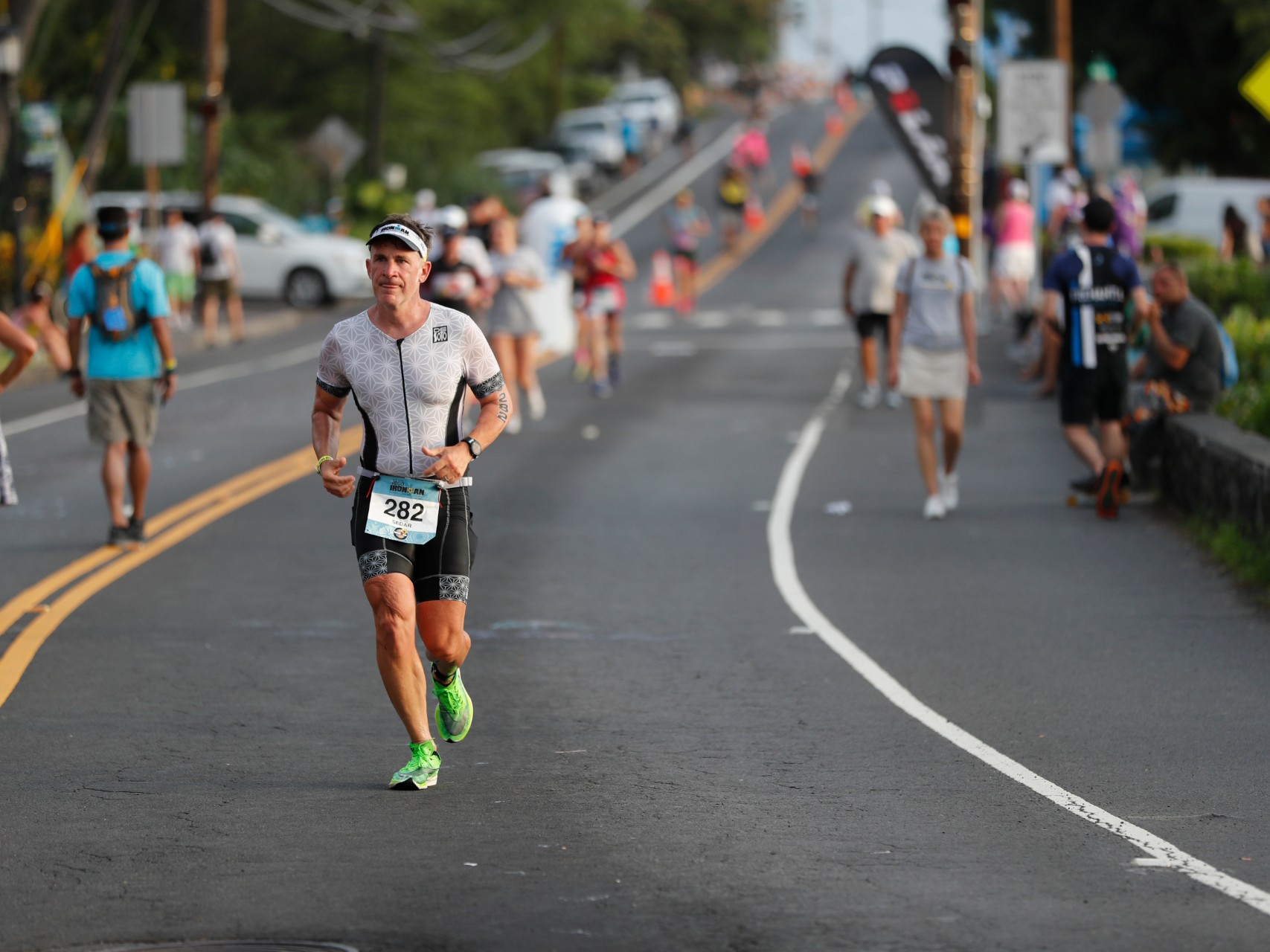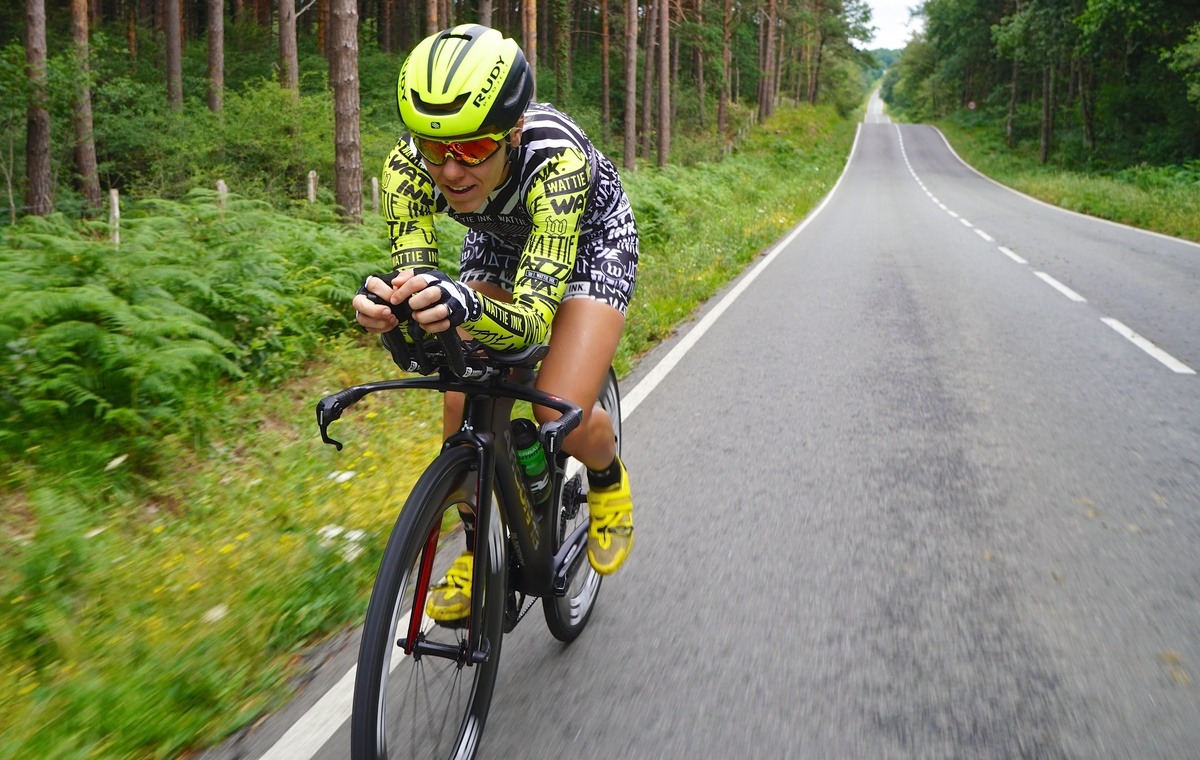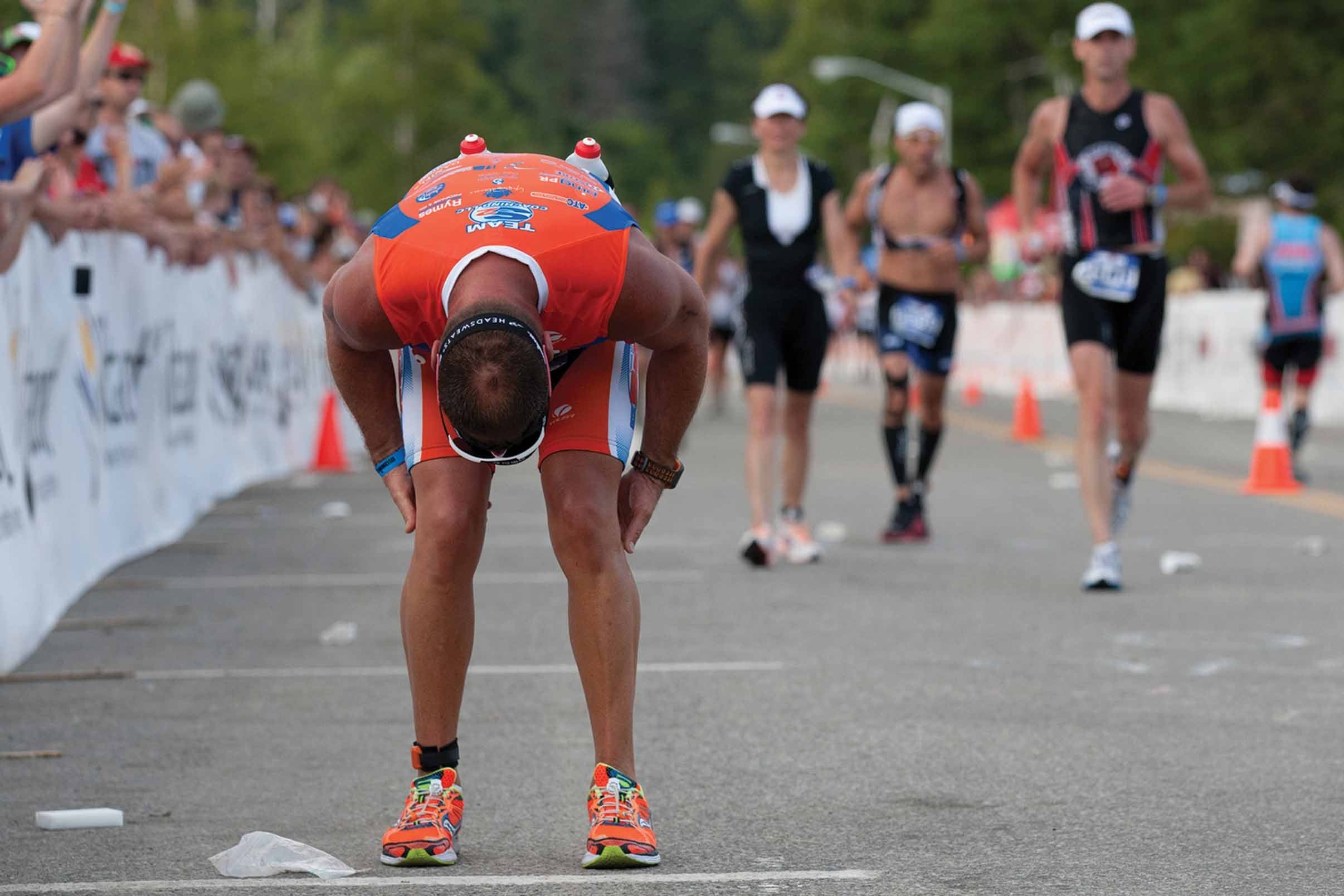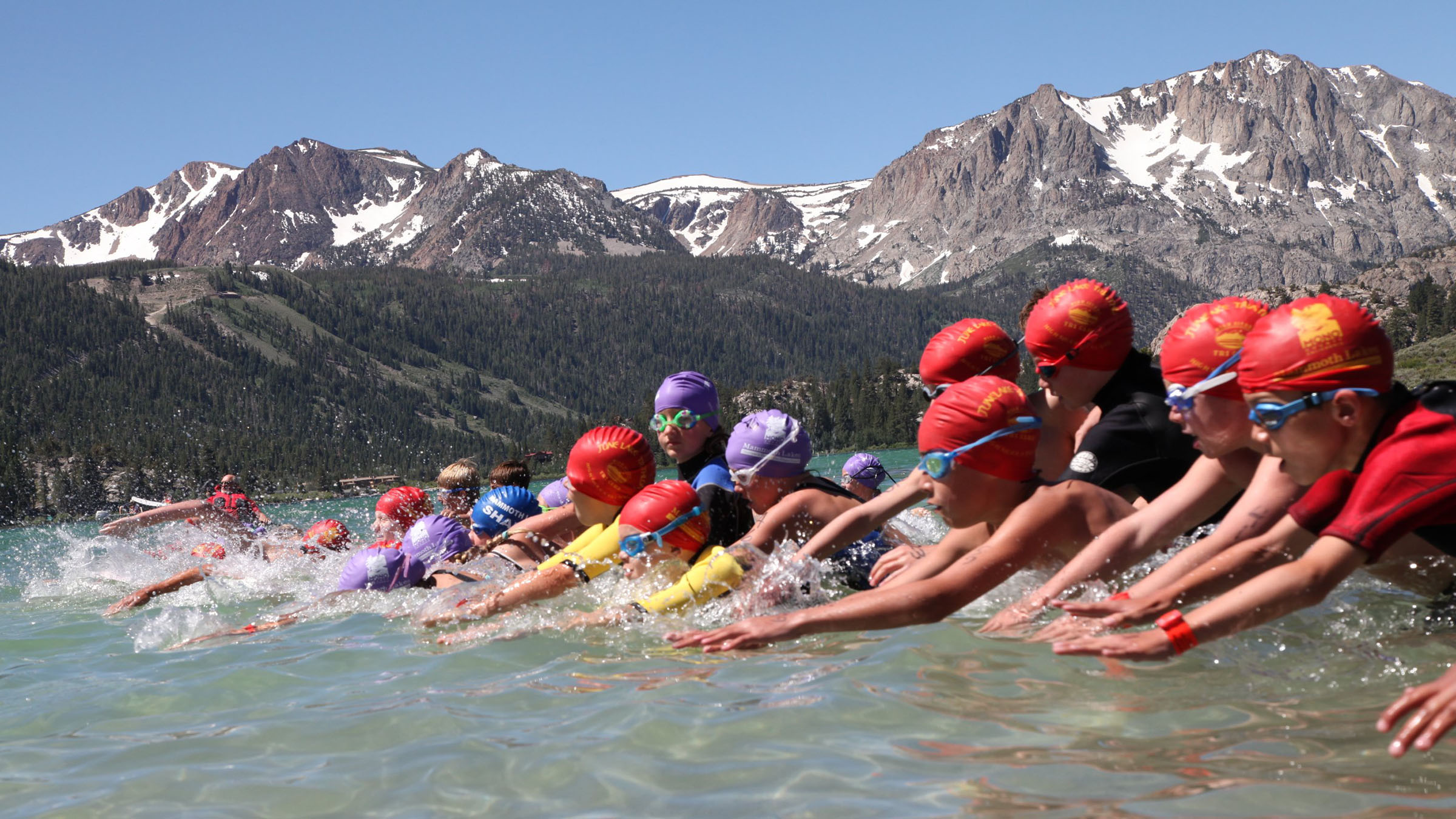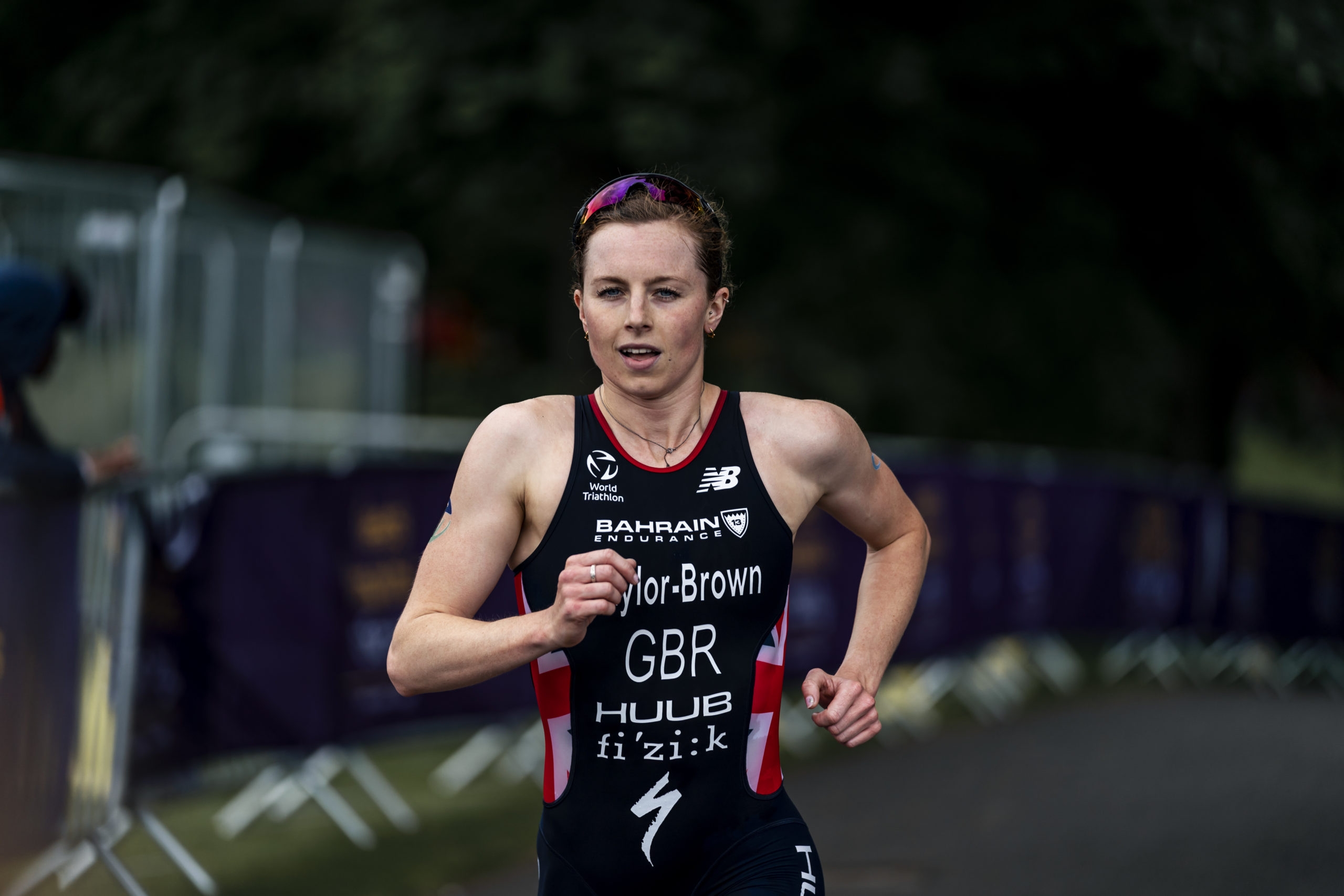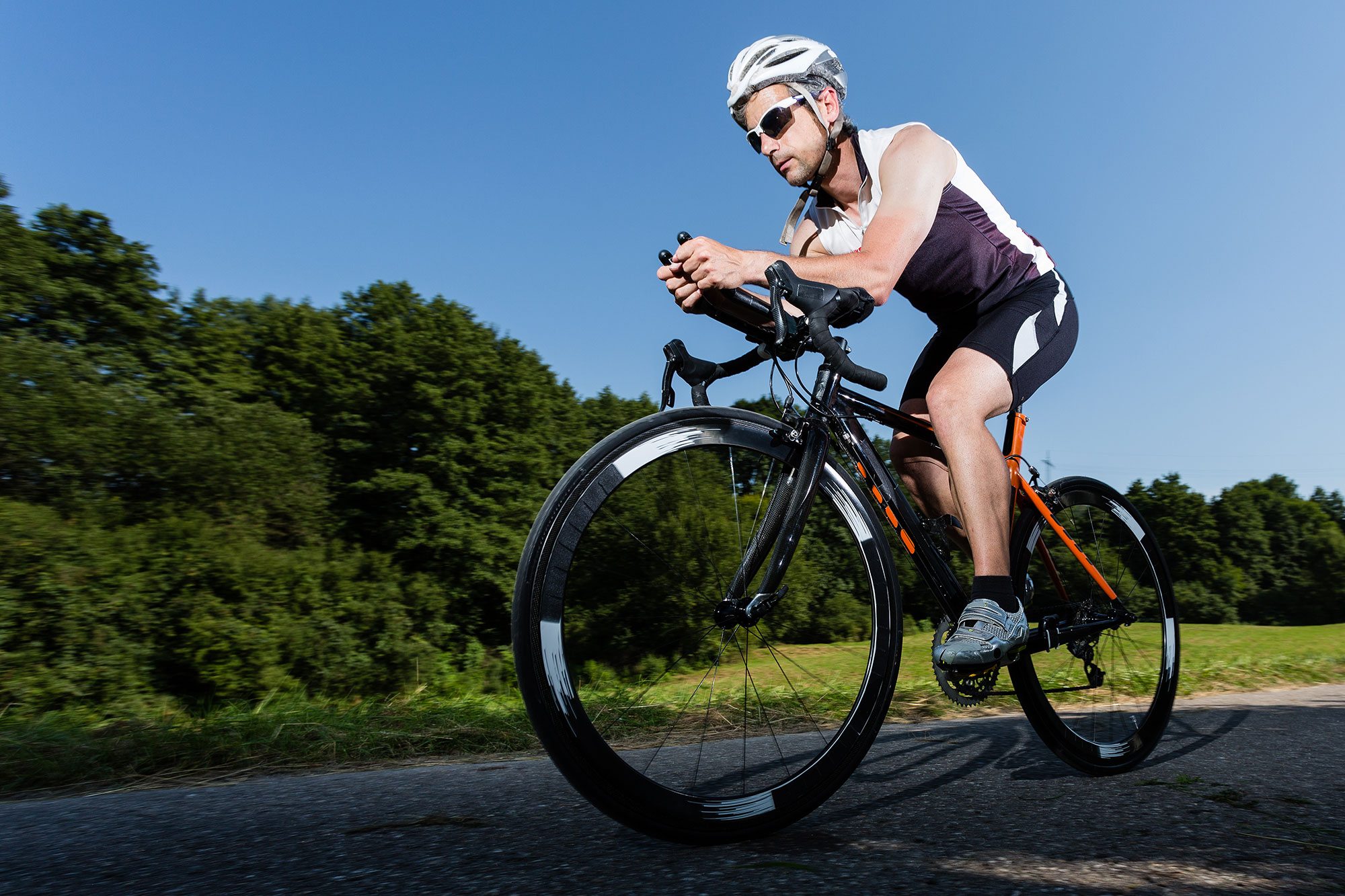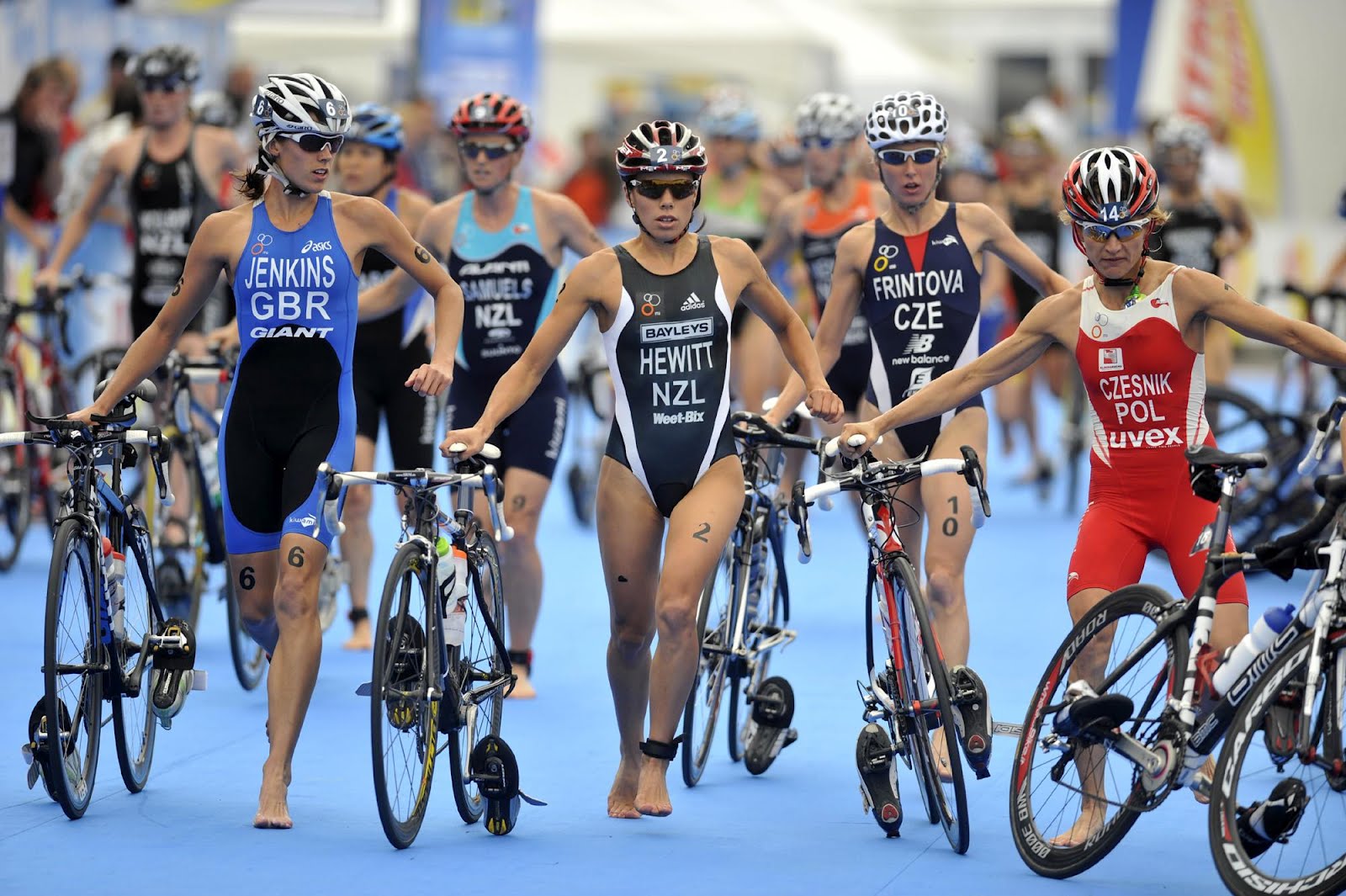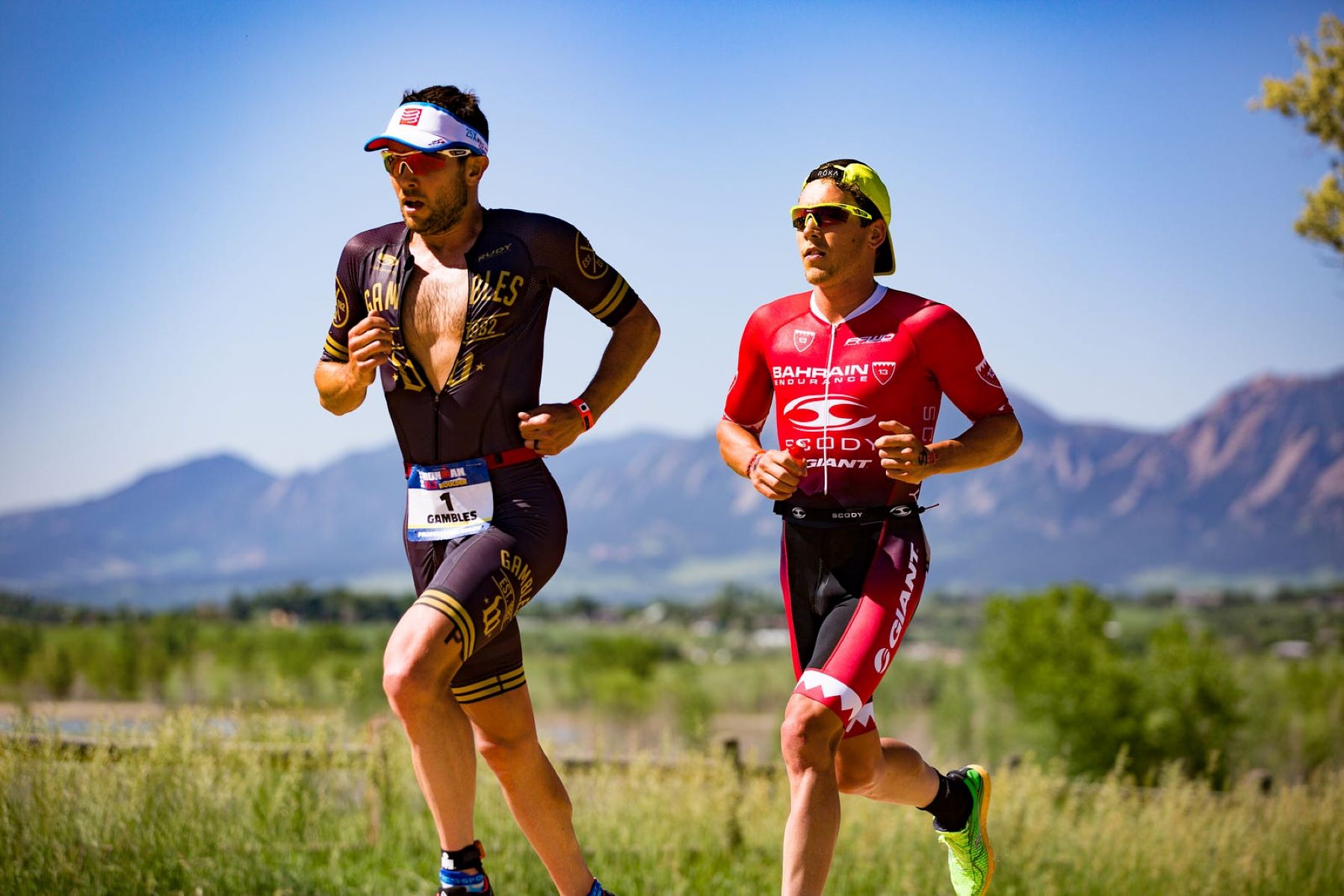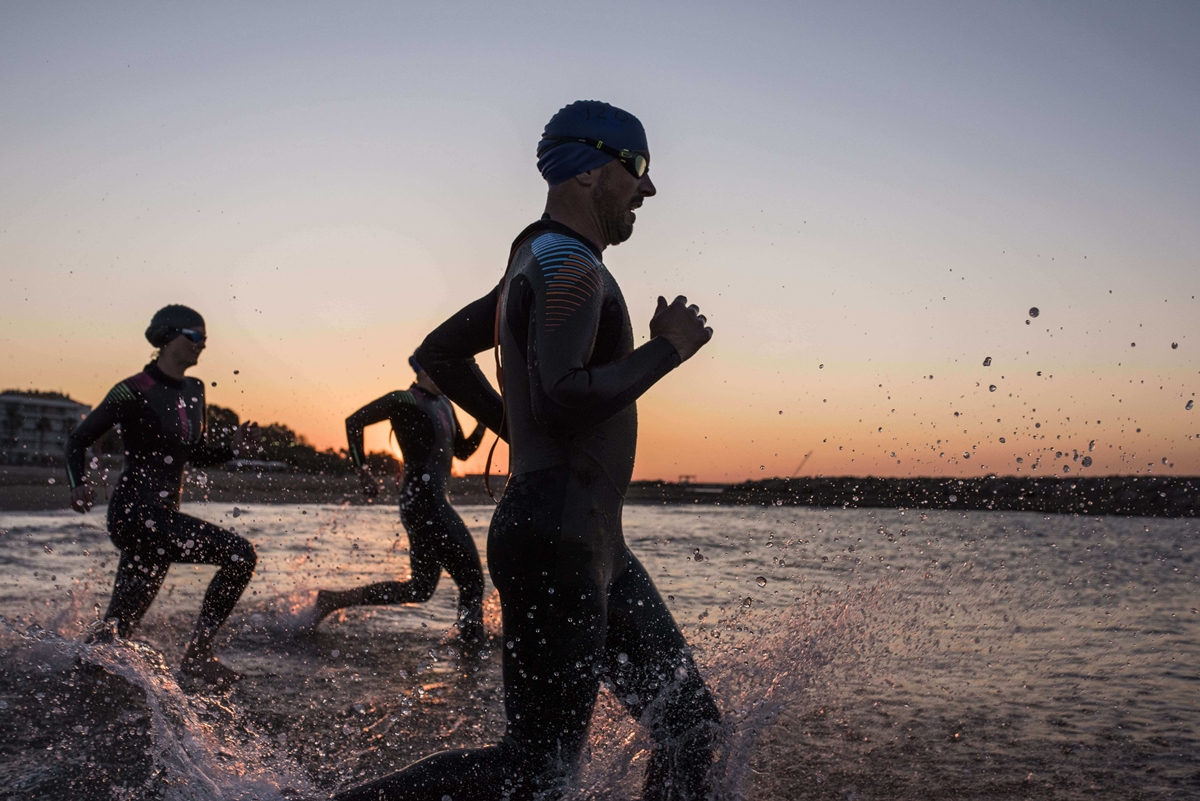

Featured
What To Do After A Triathlon
Published: August 12, 2023
Discover the essential steps to take after completing a triathlon, from proper recovery techniques to nutrition and more. Get expert advice from our featured athletes.
Introduction
Welcome to the world of triathlons! Whether you are a seasoned triathlete or a newbie looking to conquer your first race, completing a triathlon is no small feat. It requires endurance, strength, and mental fortitude. But what comes after the race? How should you recover and take care of your body? In this article, we will explore the essential steps to take after a triathlon to ensure proper recovery and set yourself up for future success.
Triathlons push your body to its limits. The physical demands of swimming, cycling, and running can leave you feeling exhausted and depleted. That’s why proper recovery is crucial to replenish your energy levels, reduce muscle soreness, and prevent injuries. Recovery is not only about resting; it encompasses a range of activities that will help your body recover faster and stronger.
After you cross that finish line and complete your triathlon, it’s time to give your body the attention it deserves. Follow these post-race recovery steps to optimize your recovery and set the foundation for future training and races.
Recovery
Recovery is a critical component of post-triathlon care. It involves allowing your body to repair and adapt to the physical stress it has undergone during the race. Without proper recovery, you risk burning out, experiencing decreased performance, and even sustaining injuries.
The first step in your recovery process is to rest. Your body needs time to recuperate and repair itself. Take a day or two of complete rest immediately after the triathlon. This downtime will allow your muscles to recover and reduce the risk of overuse injuries. However, don’t mistake rest for inactivity. Gentle movements, such as walking or light stretching, can help improve blood circulation and prevent stiffness.
Hydration plays an essential role in recovery. During a triathlon, you lose a significant amount of fluids through sweat. Rehydrate by drinking plenty of water, electrolyte-rich sports drinks, or coconut water. These fluids will replenish your body’s lost electrolytes and aid in muscle recovery. Aim to drink at least eight cups of water per day in the days following the race.
Cooling down properly after the race is also crucial for a speedy recovery. Engage in a light jog or walk for 5-10 minutes to gradually bring your heart rate down. Follow this with static stretching, targeting the major muscle groups used during the race. Cooling down helps to flush out metabolic waste products, prevent muscle cramps, and reduce post-race muscle soreness.
Stretching is an integral part of your recovery routine. It helps improve your flexibility, range of motion, and reduces muscle stiffness. Focus on stretching your quadriceps, hamstrings, calves, and hip flexors. Hold each stretch for at least 30 seconds and remember to breathe deeply throughout the stretches. Incorporating yoga or Pilates into your routine can also be beneficial for both stretching and strengthening.
Proper nutrition plays a vital role in facilitating recovery. Focus on consuming a well-balanced diet that includes lean proteins, complex carbohydrates, and healthy fats. Protein is particularly important as it aids in muscle repair and recovery. Include foods like lean meats, fish, eggs, Greek yogurt, and legumes in your post-race meals. To optimize the absorption of nutrients, prioritize consuming your post-race meal within 30 minutes to an hour after finishing the race.
Hydration
Proper hydration is essential for both performance and recovery in triathlons. During a race, you lose a significant amount of fluids through sweat, and it’s crucial to replenish them to maintain optimal bodily functions and aid in the recovery process.
Hydration should begin even before the race starts. Make sure to start your day well-hydrated by drinking water or sports drinks. During the race, regularly consume fluids to replace what is lost through sweat. Aim to drink small amounts of water or sports drinks every 15-20 minutes, especially during longer events like half or full Ironman races.
When it comes to choosing your hydration source, sports drinks can be beneficial as they contain electrolytes like sodium, potassium, and magnesium, which help maintain the balance of fluids and minerals in your body. Electrolytes play a crucial role in nerve and muscle function and help prevent cramping. However, make sure to choose drinks that have a proper balance of carbohydrates and electrolytes while avoiding excessive added sugars.
In addition to sports drinks, plain water is also important for hydration. It’s a good idea to carry a water bottle with you during training sessions and have one available at aid stations during the race. Sip small amounts of water consistently to stay hydrated without overwhelming your stomach.
Post-race hydration is equally important. After crossing the finish line, replenishing fluids lost during the race should be a priority. Start by drinking water or sports drinks to replenish your electrolytes. Aim to consume at least two cups of fluid for every pound of body weight lost during the race.
Remember that hydration is not just about consuming fluids during and after the race; it’s also about maintaining optimal hydration in the days leading up to the event. Make a habit of drinking plenty of water throughout your training, aiming for at least 64 ounces (or eight cups) of fluids a day. This will keep your body well-hydrated and support overall performance and recovery.
Cooling Down
Cooling down after a triathlon is an important step in your post-race routine. It involves engaging in gentle exercises and stretching to gradually bring your heart rate down and allow your body to recover from the intense physical exertion of the race.
Immediately after crossing the finish line, slow down to a light jog or a brisk walk. This helps your body transition from the intense activity to a more relaxed state. Cooling down gradually allows your heart rate to gradually return to its normal resting rate and prevents blood pooling in your extremities.
Following the light jog or walk, incorporate dynamic stretching exercises targeting the major muscle groups used during the race. Pay particular attention to your quadriceps, hamstrings, calves, and hip flexors. Perform movements such as leg swings, walking lunges, and gentle arm swings to gradually lengthen and stretch your muscles.
In addition to dynamic stretches, static stretching is also beneficial during the cooling down phase. Hold each stretch for 20-30 seconds, focusing on areas that feel tight or fatigued. This can include standing quad stretches, seated hamstring stretches, and calf stretches. Relax into each stretch and avoid bouncing, as this can lead to muscle strain or injury.
Cooling down not only helps with post-race recovery but also reduces the risk of post-race muscle soreness and stiffness. It allows your body to flush out metabolic waste products, such as lactic acid, which can accumulate during intense exercise. By facilitating improved blood circulation, cooling down helps bring fresh oxygen and nutrients to your muscles, promoting the healing process.
Aside from physical benefits, the cooling down phase also provides a mental shift from the intensity of the race to a more relaxed state. It can help you transition to a calmer mindset and reflect on your accomplishment, allowing you to celebrate your achievement.
Remember, cooling down after a triathlon is essential for your overall well-being and recovery. Dedicate at least 10-15 minutes to this phase and make it a regular part of your post-race routine. By incorporating cooling down exercises and stretching, you can aid in your body’s recovery process and set a solid foundation for future training and races.
Stretching
Stretching is an essential component of post-triathlon recovery. It helps improve flexibility, range of motion, and reduces muscle soreness and tightness. Incorporating stretching exercises into your post-race routine can greatly aid in the recovery process and promote overall muscle health.
Focus on stretching the major muscle groups that were involved in the race, including the quadriceps, hamstrings, calves, hip flexors, and glutes. Hold each stretch for 20-30 seconds, taking deep breaths and allowing the muscles to gradually relax and lengthen. Remember not to push beyond your comfort zone and avoid bouncing or jerking movements, as this can lead to muscle strain or injury.
One effective stretching exercise for the quadriceps is the standing quadriceps stretch. Stand tall, bend your knee, and grab your foot behind you, gently pulling it towards your glutes. Keep your upper body upright and hold the stretch for the recommended time before switching to the other leg.
For the hamstrings, try the seated hamstring stretch. Sit on the ground with one leg extended in front of you and the other leg bent with the sole of the foot against your inner thigh. With a straight back, lean forward from your hips, reaching your hands towards your toes. You should feel a gentle stretch in the back of your thigh. Hold the stretch and then switch legs.
To stretch your calves, find a wall or sturdy object to lean against. Position one foot forward and the other foot back, ensuring both feet are facing forward. Keep your back leg straight and lean into the wall, feeling a stretch in your calf muscle. Hold the stretch and then switch legs.
In addition to static stretches, incorporating dynamic stretches can be beneficial in your post-race routine. Dynamic stretches involve moving your body through a full range of motion. Examples include leg swings, walking lunges, and arm circles. These dynamic stretches help improve blood flow, warm up your muscles, and prepare your body for further recovery activities.
Don’t forget to also focus on stretching your hip flexors, as these muscles can become tight and imbalanced during a triathlon. Kneeling lunges and hip flexor stretches can help alleviate tension in this area. Maintain proper posture, engage your core, and feel the stretch in the front of your hips.
Incorporating yoga or Pilates into your routine can also be beneficial for both stretching and strengthening. These practices focus on flexibility, balance, and core strength, all of which are important in triathlon training and recovery. Join a class or follow online videos to reap the benefits of these disciplines.
Remember to listen to your body and stretch within your limits. Pay attention to any areas that feel tight or sore and modify stretches as needed. By incorporating stretching exercises into your post-triathlon routine, you will enhance your recovery, reduce muscle tension, and improve your overall flexibility and mobility.
Nutrition
Proper nutrition plays a critical role in post-triathlon recovery. Consuming the right foods and nutrients after a race is essential to replenish energy stores, aid in muscle repair, and support overall recovery. Here are some key nutrition guidelines to follow after completing a triathlon.
First and foremost, focus on replenishing your body with high-quality proteins. Protein is crucial for muscle repair and recovery. Include lean sources of protein such as chicken, turkey, fish, eggs, Greek yogurt, tofu, or plant-based protein options in your post-race meal. Aim for at least 20-30 grams of protein to support muscle tissue repair.
Carbohydrates are also essential for replenishing glycogen stores, which are depleted during the race. Choose complex carbohydrates like whole grains, brown rice, quinoa, sweet potatoes, and fruits to provide a steady release of energy. Include a variety of colorful fruits and vegetables to provide essential vitamins, minerals, and antioxidants.
Incorporating healthy fats into your post-race meal can aid in reducing inflammation and promoting recovery. Include foods like avocado, nuts, seeds, and olive oil. These healthy fats also help keep you satiated and provide an additional source of energy.
In addition to macronutrients, hydration plays a vital role in recovery. Replenish fluids by drinking plenty of water or electrolyte-rich sports drinks. Aim to consume at least 8 cups of water a day and more if you sweat excessively during the race. Sports drinks can help replenish electrolytes lost through sweat, such as sodium and potassium.
Timing of your post-race meal is crucial. Aim to consume your meal or snack within the first 30 minutes to an hour after finishing the race. Your body is primed to absorb nutrients during this time, and consuming a balanced meal will facilitate muscle repair and glycogen replenishment.
Avoid processed and sugary foods, as they can hinder your recovery efforts. These foods can lead to inflammation, decrease immune function, and provide empty calories. Opt for whole, nutrient-dense foods that will nourish your body and support recovery.
Consider incorporating a post-race smoothie as a convenient and nutrient-packed option. Blend together a combination of fruits, vegetables, protein powder, and a liquid base like almond milk or coconut water. This can be a quick and easy way to replenish your body with essential nutrients.
Lastly, don’t forget to listen to your body’s hunger and fullness cues. Eat until you’re satisfied and ensure that you’re consuming enough calories to support your recovery. This will vary depending on your individual needs and the duration and intensity of your race.
By focusing on proper nutrition and adequate hydration in your post-race recovery, you will give your body the fuel it needs to repair, rebuild, and prepare for future challenges. Remember, nourishing your body with the right nutrients is just as important as the training itself.
Rest
Rest is a crucial aspect of post-triathlon recovery. It allows your body the time it needs to repair and rebuild after the physical and mental demands of the race. Adequate rest not only helps prevent burnout and overtraining but also promotes overall well-being and prepares you for future training and races.
Right after the triathlon, it’s vital to give your body time to recover by taking a day or two of complete rest. This means avoiding any intense physical activity and allowing your muscles, joints, and connective tissues to recuperate. Resting also reduces the risk of injury and helps prevent the onset of overuse conditions.
During your rest days, engage in light activities such as walking, gentle stretching, or relaxation techniques like yoga or meditation. These activities help improve blood circulation, promote relaxation, and reduce muscle stiffness or soreness.
Quality sleep is an integral part of the rest and recovery process. Aim for 7-9 hours of sleep each night, as sleep is when your body repairs and regenerates. Create a sleep-friendly environment by keeping your bedroom dark, cool, and free from distractions. Establish a bedtime routine to signal your body that it’s time to relax and prepare for restful sleep.
While rest is necessary, it’s important to strike a balance between rest and active recovery. Active recovery involves engaging in low-intensity activities that facilitate blood flow and promote muscle repair. Light swimming, cycling, or a gentle jog can help flush out metabolic waste products and improve the delivery of nutrients to your muscles.
Alongside physical rest, mental rest is equally important in the recovery process. Triathlons can be mentally draining, so take time to unwind, relax, and engage in activities that help you decompress. This could include reading a book, spending time in nature, practicing mindfulness, or enjoying hobbies that bring you joy and relaxation.
Rest and recovery also involve taking care of your emotional well-being. Reflect on your triathlon experience, celebrate your accomplishments, and set new goals for your future training and races. Engage in positive self-talk and acknowledge the effort you put in during your training and the race itself.
Remember, rest is not a sign of weakness but an essential part of the training process. By giving your body ample time to rest, you allow it to adapt, repair, and come back stronger. Embrace rest as a vital component of your post-triathlon recovery and prioritize it alongside your training regimen.
Injury Prevention
Preventing injuries should be a top priority in your post-triathlon recovery plan. Triathlons can be physically demanding, and the strain placed on your body during the race can increase the risk of injuries if not properly addressed. Taking proactive steps to prevent injuries will ensure a smooth recovery process and help you avoid setbacks in your training.
One of the most important aspects of injury prevention is listening to your body. Pay attention to any pain or discomfort you may be experiencing and address it promptly. Don’t ignore any persistent or worsening pain, as it can be a sign of an underlying injury. Consult with a healthcare professional if you have any concerns.
Gradual and sensible progression is key to preventing injuries. Avoid the temptation to jump back into high-intensity training immediately after the race. Instead, gradually increase the intensity and duration of your workouts over time. This allows your body to adapt and reduces the risk of overuse injuries.
Incorporate variety into your training routine. Varying your workouts and incorporating cross-training activities can help prevent overuse injuries, as it reduces the repetitive stress on specific muscle groups. Include activities such as swimming, yoga, strength training, and cycling to improve overall fitness and reduce the risk of muscle imbalances.
Strengthening exercises should also be a part of your injury prevention strategy. Focus on strengthening the muscles that support your joints, such as the core, hips, glutes, and shoulders. Incorporate exercises like planks, squats, lunges, and shoulder exercises to improve stability and reduce the risk of injuries during future training sessions.
Proper technique and form are essential for injury prevention. Work with a coach or seek guidance from experienced athletes to ensure you are using correct form during swimming, cycling, and running. Pay attention to your body alignment, stride length, and how you distribute your weight to minimize strain on vulnerable areas.
Warm-up exercises should be a part of your pre-race routine. A good warm-up increases blood flow to your muscles and prepares your body for the physical demands of the race. Include dynamic stretches, light jogging, or cycling to activate and warm up your muscles before you start the race.
Don’t overlook the importance of proper gear and equipment. Invest in quality running shoes that are suited to your foot type and provide adequate support. Ensure that your bike is properly fitted to your body and that it is regularly maintained. Wearing the appropriate attire, such as moisture-wicking clothing and protective gear, can also help prevent injuries.
Finally, recovery-focused practices like massage and foam rolling can aid in injury prevention. Massage therapy can help relieve muscle tension, promote blood circulation, and reduce the risk of muscle imbalances. Consider incorporating regular massages into your post-race recovery routine. Foam rolling, on the other hand, helps release muscle tightness and reduces the risk of adhesions and trigger points.
By implementing these injury prevention strategies, you will significantly reduce the risk of post-race injuries and set the foundation for successful future training and competitions. Prioritizing injury prevention will ensure that you can continue to enjoy the sport of triathlon while keeping your body healthy and strong.
Massage or Foam Rolling
Massage therapy and foam rolling are two effective techniques for aiding in post-triathlon recovery and preventing injuries. These practices work by targeting specific muscles and soft tissues to alleviate tension, improve circulation, and promote muscle repair. Including regular massages or foam rolling sessions in your post-race routine can provide numerous benefits and enhance your overall recovery process.
Massage therapy involves the manipulation of muscles and soft tissues using various techniques such as kneading, stroking, and applying pressure. This hands-on approach helps relieve muscle tension, reduce inflammation, promote blood circulation, and enhance overall relaxation.
One of the main benefits of massage therapy is its ability to reduce muscle soreness and fatigue. The deep pressure applied during a massage helps alleviate muscle stiffness and promotes the removal of metabolic waste products, speeding up the recovery process.
In addition to physical benefits, massage therapy also has a positive impact on mental well-being. It promotes relaxation, reduces stress levels, and enhances overall mood. The combination of physical and mental relaxation during a massage session can greatly contribute to your overall post-race recovery.
Foam rolling, on the other hand, is a self-massage technique that involves using a cylindrical foam roller to target specific muscle groups. By rolling your body over the foam roller, you apply pressure to trigger points and tight areas, releasing tension and improving muscle flexibility.
Foam rolling can help break up adhesions and increase blood flow to the muscles, which can aid in the recovery process. It can also help improve range of motion and joint mobility, reducing the risk of injuries and enhancing performance for future training sessions.
When using a foam roller, focus on the major muscle groups used during the triathlon, such as the quadriceps, hamstrings, calves, glutes, and IT bands. Slowly roll back and forth over these areas, applying enough pressure to target any tight or tender points. Take your time and adjust your positioning as needed to effectively address any areas of tension or discomfort.
Keep in mind that both massage therapy and foam rolling may cause temporary discomfort, especially if you have areas of muscle tightness or trigger points. However, this discomfort should subside as you continue the practice, and the benefits will outweigh any initial discomfort.
Consider incorporating regular massages or foam rolling sessions into your post-triathlon recovery routine. Schedule a professional massage or learn self-massage techniques for foam rolling. Aim for one to two sessions per week, depending on your needs and schedule availability.
Remember to stay hydrated before and after your massage or foam rolling sessions to support the removal of toxins and metabolic waste products from your muscles. Combine these techniques with proper nutrition, stretching, and rest to optimize your recovery and ensure you’re ready for future training and races.
Celebrate and Reflect
Completing a triathlon is a significant achievement, and it’s important to take the time to celebrate your accomplishment and reflect on your experience. Celebrating and reflecting after a race allows you to appreciate your hard work, evaluate your performance, and set new goals for the future.
Celebrating your accomplishments is a crucial part of the post-triathlon experience. Take a moment to acknowledge the effort and dedication you put into your training and the race itself. Share your achievement with friends and family, and bask in the sense of pride and satisfaction that comes from completing such a challenging event.
Reflecting on your triathlon experience can provide valuable insights for future races. Take the time to evaluate your performance, noting what went well and areas where you can improve. Assess your swim, bike, and run times, as well as your transitions. Consider any challenges you faced during the race and how you overcame them.
Reflecting on your race can help you identify areas for improvement and set new goals. Perhaps you want to focus on improving your swimming technique, boosting your bike endurance, or achieving a faster run time. Use your reflections to create a roadmap for your training plan moving forward.
It’s important to have realistic expectations and not be too hard on yourself. Remember that everyone has their own journey, and progress takes time. Celebrate the small victories along the way, whether it’s shaving a few seconds off your swim time or mastering a new technique.
One aspect of reflection is embracing the lessons learned from your triathlon experience. Each race provides unique insights into your strengths and areas for growth. Use this knowledge to fine-tune your training and racing strategies, making adjustments as needed.
Take the opportunity to connect with other triathletes and share experiences. Join online forums, triathlon clubs, or local training groups to engage with like-minded individuals. By connecting with others who share your passion for triathlons, you can gain valuable advice, support, and motivation.
Consider keeping a journal to document your training progress, race experiences, and reflections. This can serve as a valuable tool to track your growth, identify patterns, and set goals. It can also be a source of inspiration to look back on when you need a boost of motivation.
Remember that triathlons are not just about the finish line, but also about the journey. Embrace and celebrate the moments along the way, both big and small. The act of celebrating and reflecting after a race allows you to appreciate your achievements, evaluate your performance, and set new goals, ensuring continuous growth and improvement as a triathlete.
Conclusion
Completing a triathlon is an incredible accomplishment that requires dedication, training, and mental fortitude. However, the journey doesn’t end at the finish line. What you do in the moments after the race is just as important for your overall recovery and future success. By following the essential steps outlined in this article, including recovery, hydration, cooling down, stretching, nutrition, rest, injury prevention, massage or foam rolling, and taking time to celebrate and reflect, you can optimize your post-triathlon recovery and set yourself up for future achievements.
Recovery should be a priority after a triathlon. Give your body the rest it needs, while also incorporating light activities, hydration, and proper nutrition. Cooling down and stretching help alleviate muscle soreness and increase flexibility. Adequate nutrition provides the necessary fuel for your muscles to repair and rebuild. Rest and sleep are crucial for overall recovery and preventing burnout. Injury prevention techniques and practices, such as massage or foam rolling, target specific areas to prevent injuries and aid in muscle repair.
Lastly, taking the time to celebrate and reflect is an important part of the triathlon experience. Embrace your accomplishment, evaluate your performance, set new goals, and learn from the lessons of each race. Remember to connect with other triathletes, keep a journal, and enjoy the journey along the way.
Triathlons are not just physical tests but also mental and emotional journeys. By giving proper attention to your recovery and incorporating these post-race steps into your routine, you will ensure that you are not only physically prepared for future challenges but also mentally refreshed and motivated to take on the next exciting triathlon adventure!
